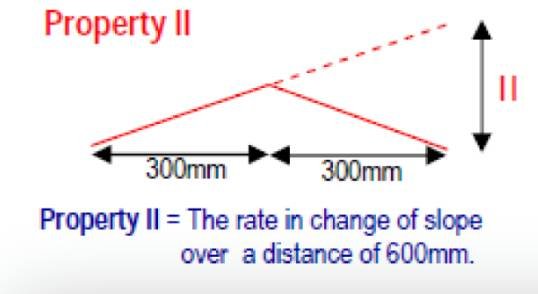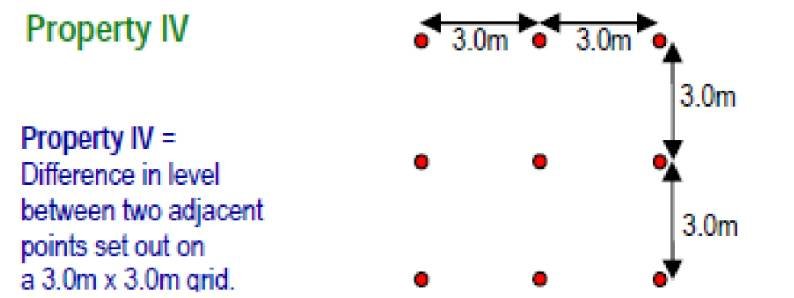Which floor classification does your facility has?
An industrial floor needs to have an appropriate flatness in order to provide a suitable surface for the operation of materials handling equipment (MHE), and an appropriate levelness to ensure that the building as a whole, with all its static equipment and MHE can function satisfactorily.
Floor flatness has a significant impact on the efficiency, performance and safety of materials handling equipment especially fork lift trucks.
Why Flatness is important –
- Operations are more efficient if lift trucks operate at Maximum speed.
- Poor surface regularity will cause excessive vibration on a lift truck and increase down time and maintenance.
- Reduced damage to stock
| Floor classification |
Location and floor use | Maximum permissible limits | |||
| Property II | Property IV | ||||
| Confidence limits | 95% | 100% | 95% | 100% | |
| FM 1 | Areas of free movement where very strict flatness & levelness may be required | 2.5mm | 4.0mm | 4.5mm | 7.0mm |
| FM 2 |
|
3.5mm | 5.5mm | 8.0mm | 12mm |
| FM 3 |
|
5.0mm | 7.5mm | 10mm | 15mm |

|

|
||||
How to check compliance?
It’s with DIN meter
Please let us know if that helps
